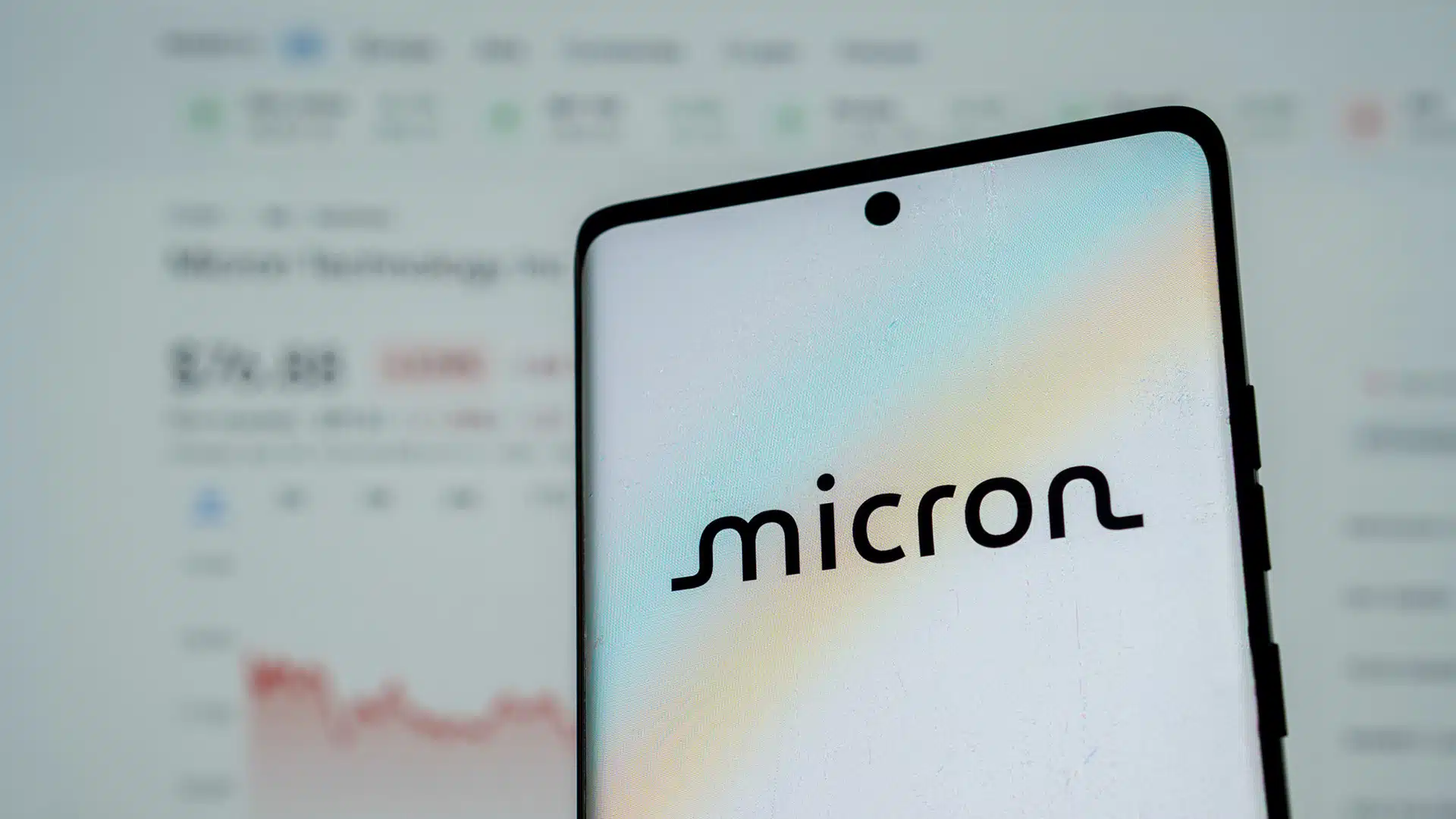In late January, streaming service Spotify found itself in the middle of a conflict between Joe Rogan, the comedian-turned-podcast host, and rock legend Neil Young. Rogan, host of the Joe Rogan Experience, had come under scrutiny for providing a platform for guests who promoted misinformation about the COVID-19 vaccines.
Young, in turn, told Spotify it had to make a choice between hosting Rogan or himself, but not both. Ultimately, Spotify sided with Rogan, and Young removed his music from the platform. While other artists also followed suit, including fellow 1960s icons Joni Mitchell and Graham Nash, E Street Band guitarist Nils Lofgren, and soul singer India.Arie, Spotify has been overwhelmed with customer service inquiries from its customers.
According to news reports from late January, customers who logged onto Spotify’s customer service “live” support chat on Thursday, January 27 were greeted by a robot instead of a live person, and a message time-stamped at 1:42 p.m. Pacific time on Thursday notified users of a possible slow response. While Spotify was able to get its live and automated support back online by the next day, according to news reports from CNET, Insider, and others, We Are Happy Media reported on February 1 that some users were not able to cancel their service, due to an overwhelming number of complaints clogging up the support channels.
Dash Research reached out to Spotify to clarify these events reported in other outlets, but has not received a response as of February 2.
Regardless of whether the inability to reach customer service agents or bots are system errors, relatively isolated incidents, or a concerted effort by the company to slow the number of customers exiting their service, this incident highlights the importance of properly formulating a strategy to handle customer responses to potentially controversial corporate decisions.
- Organizations should assess the potential “worst-case” scenario for customer service inquiry demand. While this may not be related to a corporate decision, such as the one Spotify made, other scenarios, such as a customer’s inability to access products or services, a cyber-breach or cyberattack that may impact customers, or the release of a new product that wildly exceeds expectations, may rapidly increase the demand and frequency of customer interactions. If the number of projected inquiries far exceeds the normal volume of engagements, it is impractical and inefficient to simply keep staff or other resources on standby. However, contingency plans for quickly standing up additional automated bots or agents to handle excess demand within a relatively short amount of time should be developed and tested in advance of a crisis. Several examples of organizations quickly standing up cloud-based customer service agents during the beginning of the pandemic demonstrate the viability of this approach.
- Should a rapid increase in customer-service inquiries arise, basic frequently asked questions (FAQs) that provide necessary information to customers should immediately be made available across all customer contact channels. These FAQs should acknowledge the delay in reaching bots or agents, provide answers to commonly asked questions or procedures, and provide a realistic estimate of when agents or bots will be generally available again. These actions put the customer first, and demonstrate that the company is addressing issues head-on, instead of inviting speculation from the public, the press, competitors, or investors.
- While a 2020 survey conducted by Invoca found that 68% of people still prefer to use the phone to contact an organization when making a purchase, organizations still need to use technology to handle other types of inquiries. Organizations should consider leveraging artificial intelligence (AI) and automation to identity the purpose of the call, and then quickly direct them to either a live agent, or provide them with an efficient, automated solution that solves their problem without placing them on hold, or making them navigate through different departments.
Author Information
Keith Kirkpatrick is Research Director, Enterprise Software & Digital Workflows for The Futurum Group. Keith has over 25 years of experience in research, marketing, and consulting-based fields.
He has authored in-depth reports and market forecast studies covering artificial intelligence, biometrics, data analytics, robotics, high performance computing, and quantum computing, with a specific focus on the use of these technologies within large enterprise organizations and SMBs. He has also established strong working relationships with the international technology vendor community and is a frequent speaker at industry conferences and events.
In his career as a financial and technology journalist he has written for national and trade publications, including BusinessWeek, CNBC.com, Investment Dealers’ Digest, The Red Herring, The Communications of the ACM, and Mobile Computing & Communications, among others.
He is a member of the Association of Independent Information Professionals (AIIP).
Keith holds dual Bachelor of Arts degrees in Magazine Journalism and Sociology from Syracuse University.








